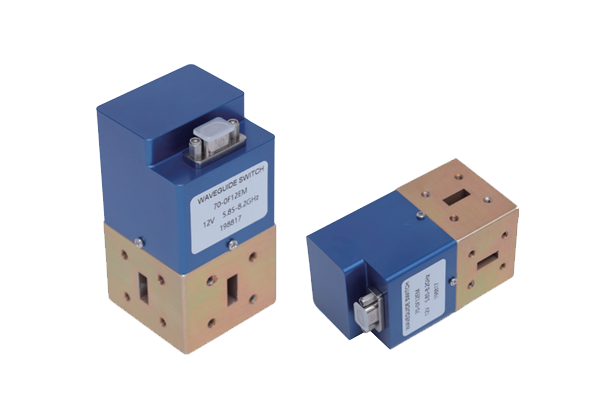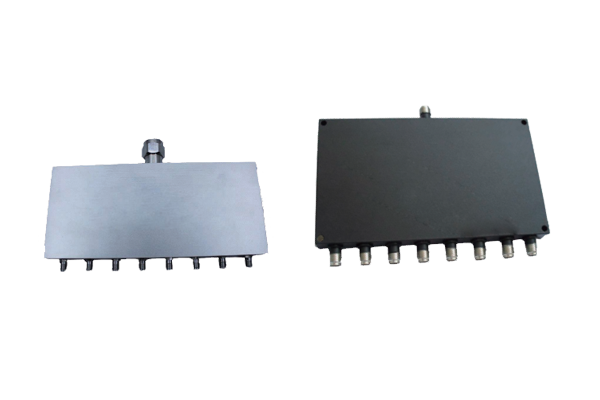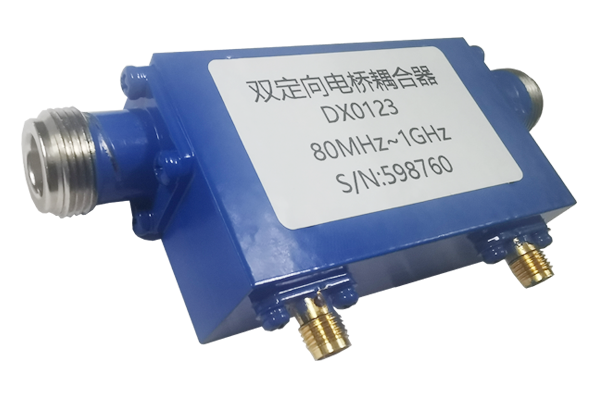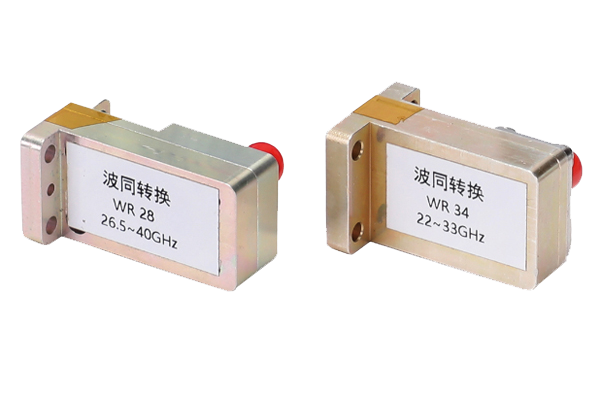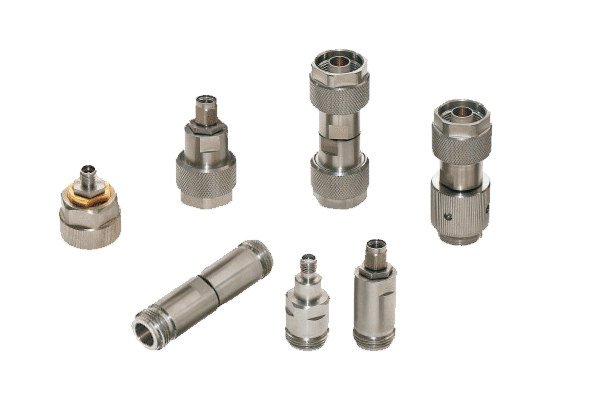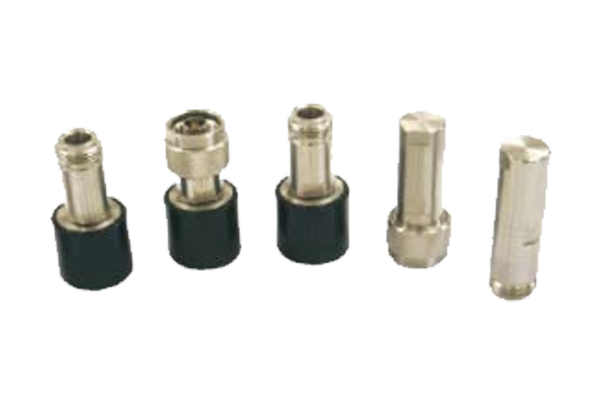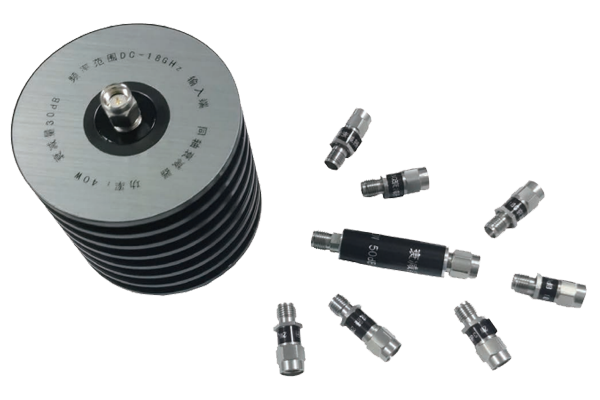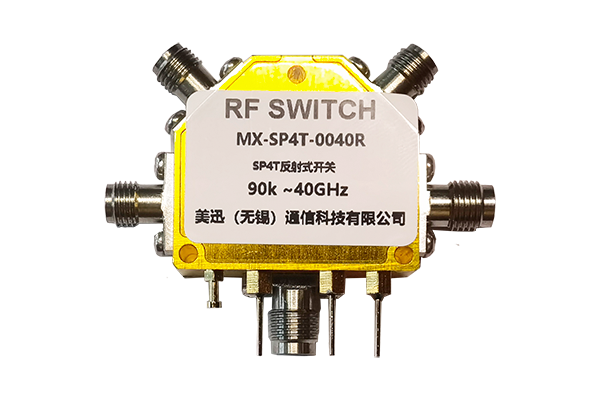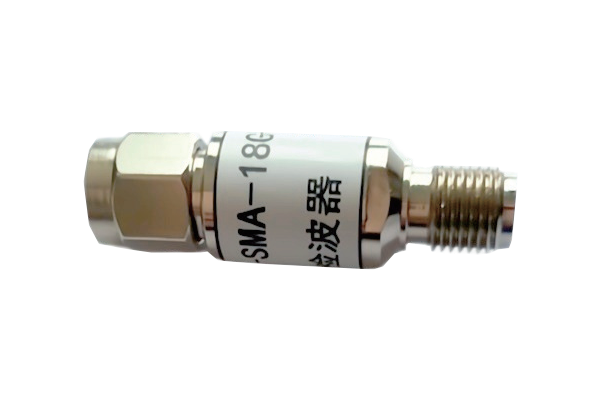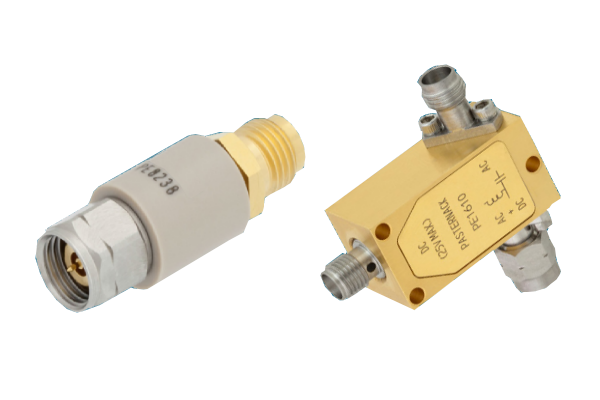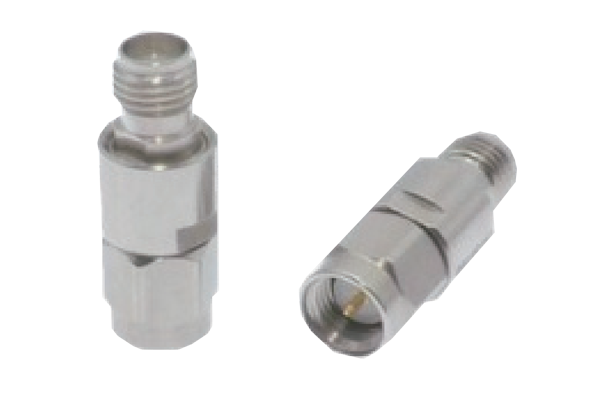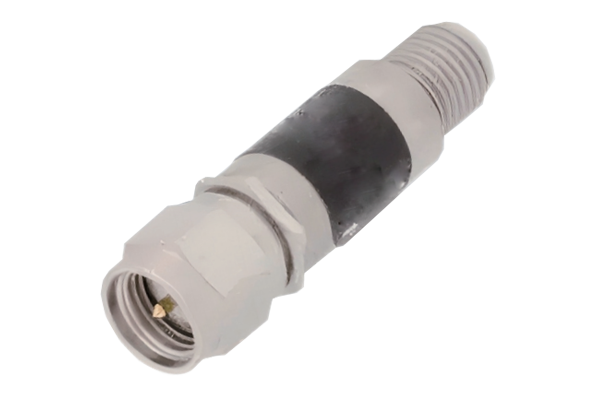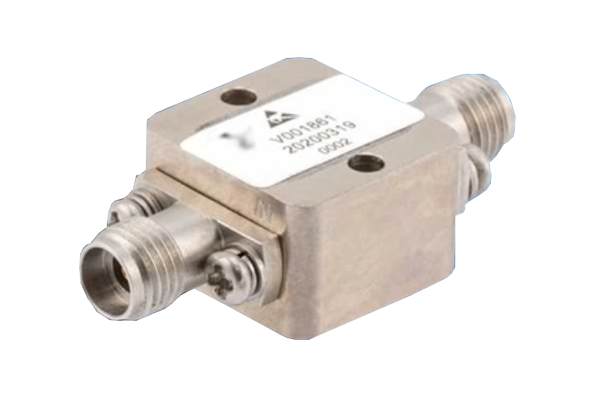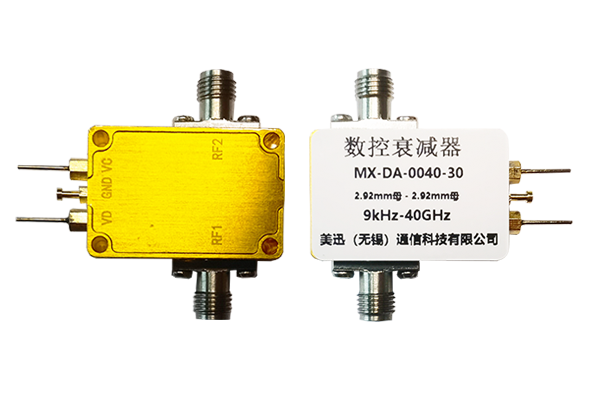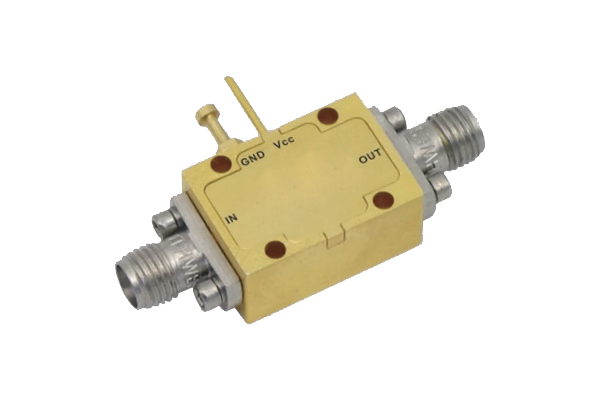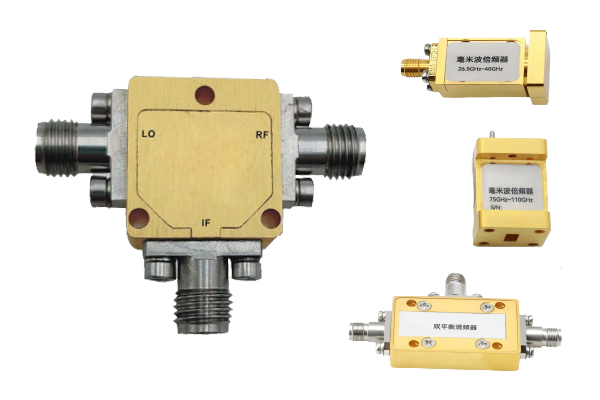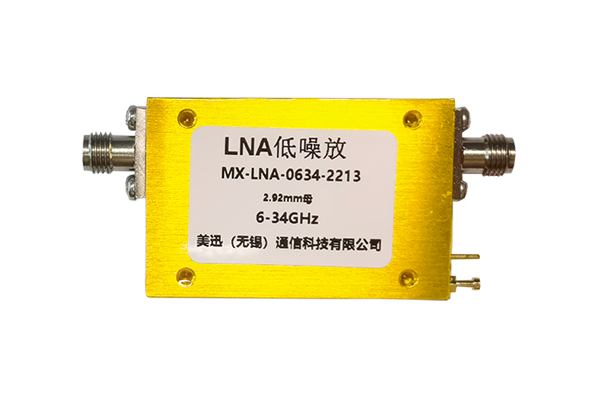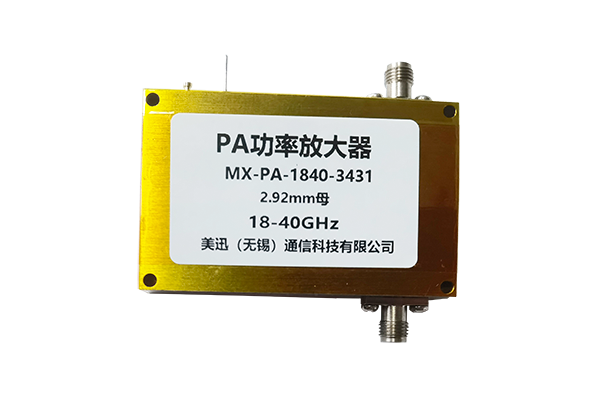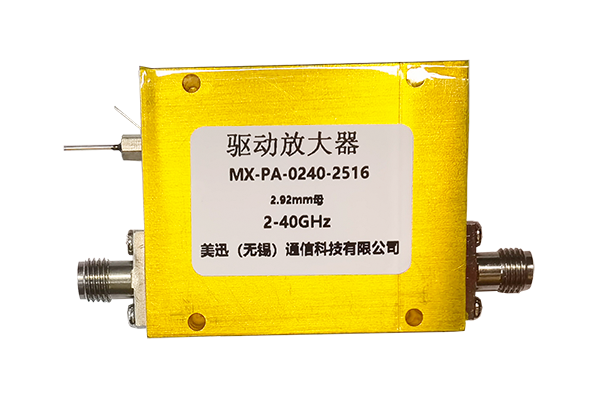How is the coupling degree of the dual directional coupler determined
Coupling Degree Determination Factors
The coupling degree of the dual directional coupler is determined by multiple factors. The core is to achieve a specific proportion of RF signal energy distribution through design and process.
From the Design Level
- The relative position, length and spacing directly affect electromagnetic coupling strength.
- Generally, closer proximity and longer coupling area result in more sufficient energy coupling.
- Coupling degree is correspondingly improved with optimized design parameters.
Material Selection
- Better conductor conductivity reduces signal loss and ensures coupling stability.
- The dielectric constant of materials affects electromagnetic coupling efficiency.
- Identical structures may present different coupling degrees with varied dielectric properties.
The Precision of Manufacturing Process
- Dimensional deviation and interface flatness affect actual coupling effect.
- Precision processing ensures accurate implementation of design parameters.
- Process errors must be minimized to prevent coupling degree deviation.
Environmental Factors in Actual Applications
- Temperature changes may alter material properties, affecting coupling effect.
- High-precision couplers often incorporate temperature compensation designs.
- Environmental conditions may require fine-tuning of coupling parameters.
Calibration Test Before Delivery
- Professional equipment measures signal power ratio between coupling port and main port.
- Final adjustments are made to align with design goals.
- Ensures specific coupling degree value and operational stability.




